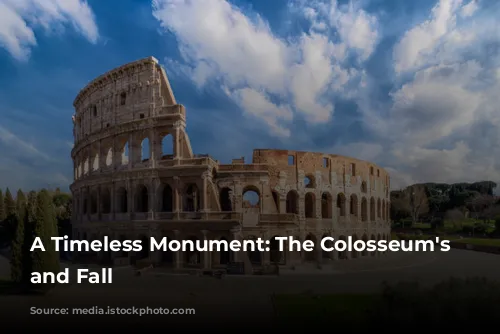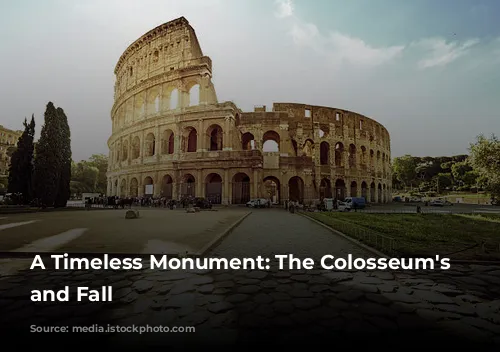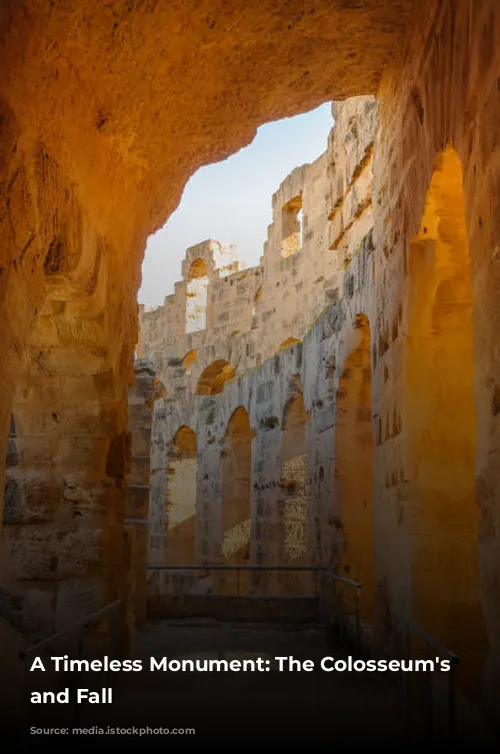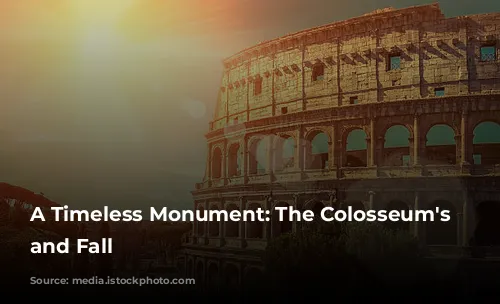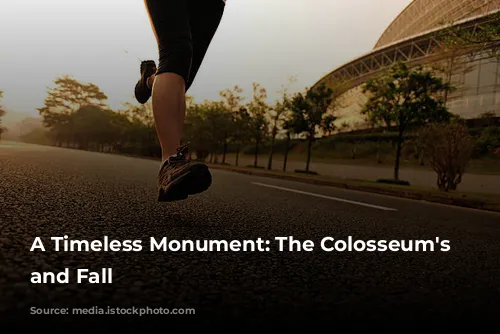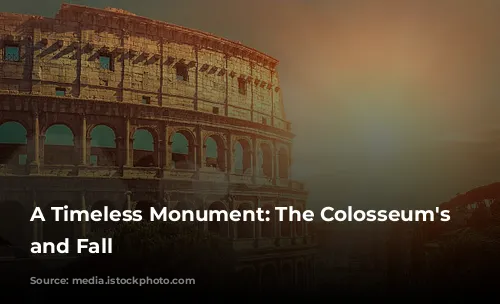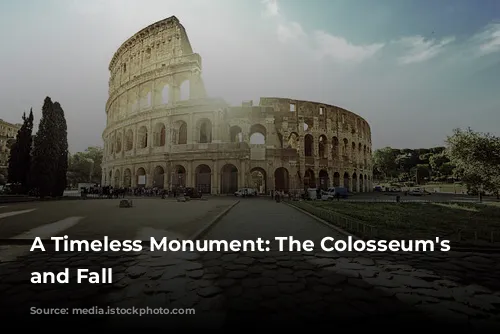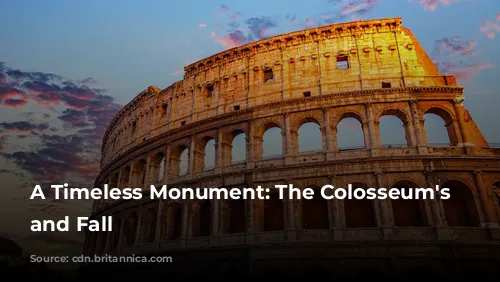The Colosseum, a majestic relic of the Roman Empire, stands today as a testament to the ancient Romans’ architectural and engineering brilliance. More than just a historical landmark, it is a vital source of income for the Italian government. In 2018, the Colosseum, Roman Forum, and Palatine Hill collectively generated over €53.8 million, making them the highest-earning tourist attractions in Italy.
This iconic structure has witnessed a remarkable journey, one that reflects the rise and fall of the Roman Empire itself. Following the Western Roman Empire’s demise, the Colosseum fell into a state of disrepair. The 12th century saw the Frangipane and Annibaldi families repurposing the arena as their fortress. In the late 15th century, Pope Alexander VI sanctioned the use of the Colosseum as a quarry, further contributing to its deterioration. After centuries of neglect, the Italian government initiated restoration efforts in the 1990s.
The Colosseum‘s construction was born from a desire to revitalize Rome following the tumultuous year of the four emperors in 69 CE. Emperor Vespasian, like other emperors before him, envisioned the Colosseum as a center for public entertainment, hosting gladiatorial contests, animal hunts, and even mock naval battles.
From Construction to Decline
Construction of the Colosseum commenced under Emperor Vespasian between 70 and 72 CE. The completed structure was dedicated in 80 CE by Emperor Titus, Vespasian’s son and successor. Emperor Domitian later added the fourth story in 82 CE. Interestingly, the funding for the arena came from the spoils of war—the plunder from Titus’s conquest of Jerusalem in 70 CE. Jewish slaves from Judea were employed in the construction process.
An Architectural Masterpiece
The Colosseum is an amphitheater built in Rome during the reign of the Flavian emperors. It’s also known as the Flavian Amphitheater. This elliptical structure, made of stone, concrete, and tuff, rises four stories high, measuring 620 by 513 feet (189 by 156 meters). The Colosseum could accommodate up to 50,000 spectators, making it a monumental venue for gladiatorial combat.

A Symbol of Imperial Power
The Colosseum‘s location east of the Palatine Hill, on the grounds of Nero’s Golden House, was symbolic. The artificial lake that adorned Nero’s palace was drained, and the Colosseum was built in its place. Vespasian, whose rise to power was humble, chose to replace Nero’s private lake with a public amphitheater that could entertain tens of thousands of Romans. This act symbolized a shift from tyrannical rule to a more public and accessible form of governance.
Engineering Marvels
Unlike earlier amphitheaters, which were often built into hillsides for support, the Colosseum is a freestanding structure. Its construction involved a complex system of barrel and groin vaults, utilizing travertine for the main framework and facade, volcanic tufa for the secondary walls, and concrete for the inner bowl and arcade vaults.
The Colosseum‘s design included a massive retractable awning called a velarium. Supported by masts that extended from corbels built into the top story, the velarium was manipulated by hundreds of Roman sailors, providing shade for the spectators during events.
A Stage for Spectacle
The Colosseum hosted a wide range of spectacles, including gladiatorial combat, contests between men and animals, and even mock naval engagements. While there is debate about whether the Colosseum was the site of early Christian martyrdoms, there’s no doubt that it was a powerful symbol of Roman culture and entertainment.

From Glory to Neglect
During medieval times, the Colosseum transitioned from a place of entertainment to a church, then later a fortress for prominent Roman families. Over time, the Colosseum faced damage from lightning strikes, earthquakes, vandalism, and pollution. The marble seats and decorative materials were stripped away, transforming the site into a quarry. This neglect continued for over a thousand years, leaving the once-glorious structure in ruin.
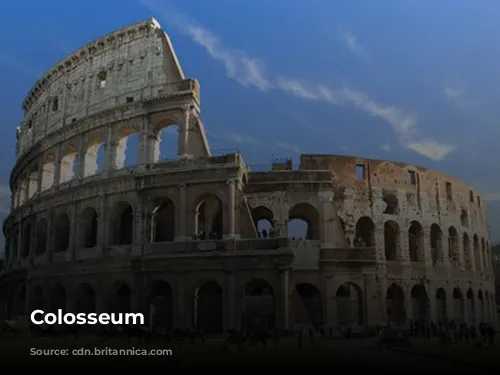
A Legacy Restored
Efforts to preserve the Colosseum gained momentum in the 19th century, notably under Pope Pius VIII. In the 1990s, a significant restoration project was launched, breathing new life into this iconic landmark.
Today, the Colosseum continues to be a major tourist attraction, welcoming millions of visitors each year. Regular exhibitions showcase the culture of ancient Rome, ensuring that the legacy of this magnificent structure lives on. The Colosseum, a symbol of both Roman glory and resilience, continues to inspire awe and wonder in all who witness its enduring presence.
